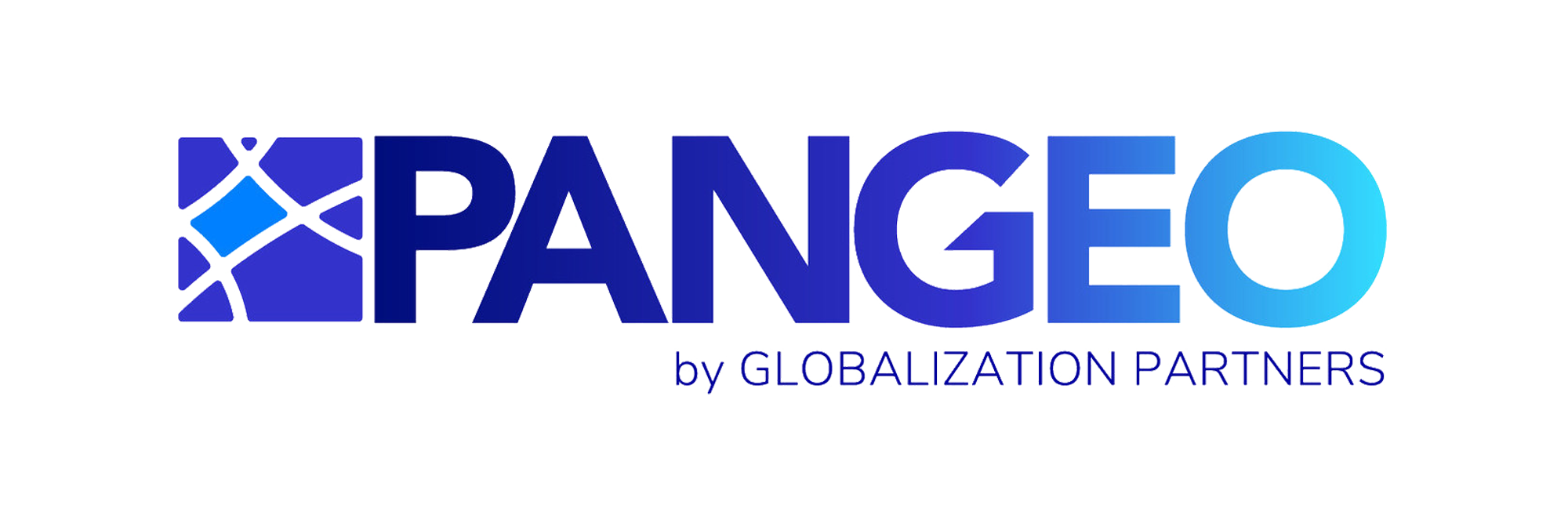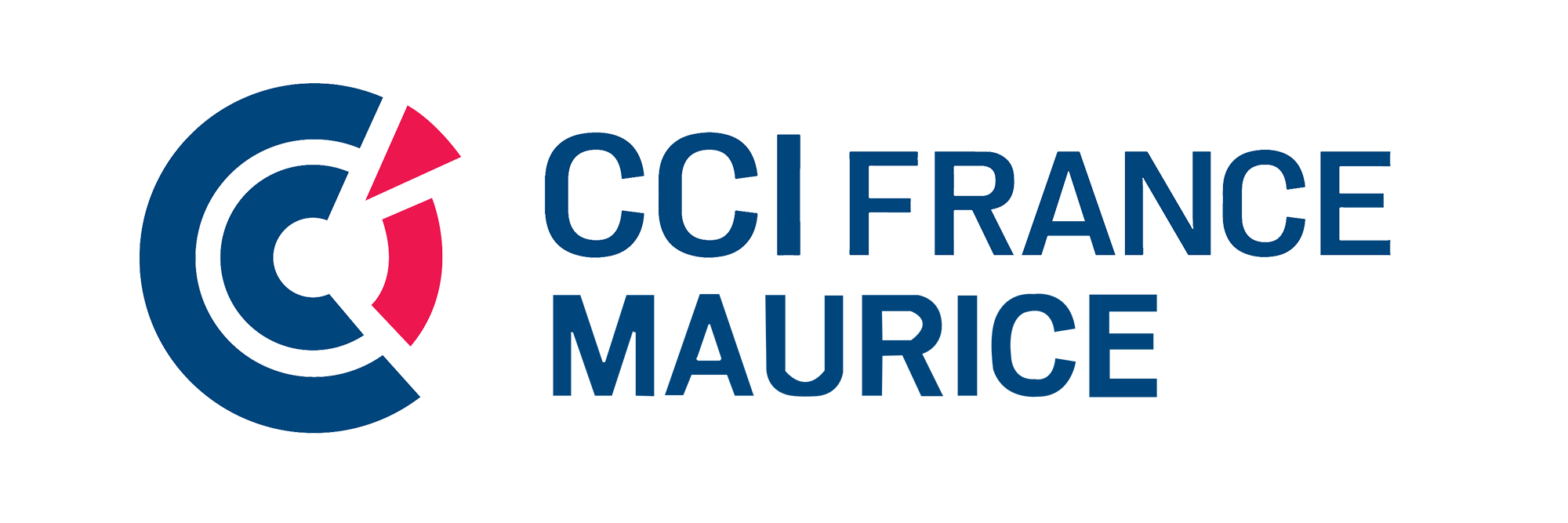In today’s economic environment, competitiveness depends on the ability to innovate while keeping expenses under control. Companies are constantly seeking solutions to optimize their resources. Among the most effective strategies, smart outsourcing has emerged as a powerful lever.
Unlike “low-cost” outsourcing, which focuses solely on reducing prices, smart outsourcing is based on a delicate balance: cutting costs while maintaining or even improving the quality of services.
This article explains how to implement effective, sustainable, and value-creating outsourcing, while avoiding the most common mistakes.
Understanding Smart Outsourcing
Smart outsourcing goes beyond simply delegating tasks to an external provider. It is built on three pillars:
Resource optimization: Identifying low-value-added activities and entrusting them to external specialists.
Strategic partnership: Choosing providers who share your objectives and vision.
Quality and innovation: Leveraging the expertise and advanced tools of providers to improve your processes.
Unlike traditional outsourcing, which often focuses on immediate cost savings, smart outsourcing aims for sustainable gains through better organization, sharper skills, and adapted technology.
The Benefits for Your Business
Cost reduction and more
Yes, outsourcing reduces payroll, administrative, and logistical costs. But by choosing the right partner, you also gain productivity, flexibility, and faster execution.
Access to specialized talent
Today’s providers don’t just supply manpower. They bring in-depth expertise, often difficult or costly to recruit internally, especially in IT, digital marketing, multilingual customer support, or finance.
Agility and responsiveness
Outsourcing allows you to quickly adjust your workforce based on seasonality, demand, or project changes, without the burden of hiring or layoffs.
Focus on core business
By delegating secondary tasks, your teams can focus on innovation, customer relations, and strategic activities.
The Ideal Functions to Outsource
Some functions are particularly well-suited to smart outsourcing because they require specialized skills or have fluctuating workloads.
Support functions
Human Resources: payroll management, personnel administration, recruitment.
Finance: accounting, cash flow management, auditing.
IT: maintenance, technical support, software development, cybersecurity.
Business functions
Customer service: call centers, technical assistance, multichannel support.
Digital marketing: social media management, SEO, content creation, advertising campaigns.
Logistics: inventory management, planning, transport.
How to Reduce Costs Without Sacrificing Quality
a) Identify the right processes to outsource
Not everything should be outsourced. Analyze your processes to detect those that are:
Time-consuming but non-strategic.
Repetitive and standardizable.
Requiring occasional expertise.
b) Choose the right provider
The choice of provider is key. Evaluate:
Their experience in your sector.
References and client testimonials.
Certifications and quality guarantees.
Ability to adapt to evolving needs.
c) Set performance indicators
From the outset, define clear KPIs: processing times, error rates, customer satisfaction, cost per task… and monitor them regularly.
d) Leverage technology
The best providers use collaborative tools, automation, and AI to increase efficiency. Take advantage of these tools to modernize your own processes.
e) Prioritize long-term collaboration
A provider who knows your business, procedures, and objectives becomes a true strategic partner, capable of driving continuous improvement.
Mistakes to Avoid
Choosing solely on price: Low rates can hide a lack of skills, poor organization, or low quality. Quality must remain a priority.
Outsourcing without preparation: Failing to define needs, objectives, and processes clearly often leads to disappointing results. Preparation is essential.
Neglecting communication: Outsourcing does not mean “hands-off.” Maintain regular communication to monitor performance and adjust as needed.
Overlooking security and compliance: Always ensure your provider complies with local and international regulations (GDPR, industry standards, tax obligations…).
2025 Trends in Smart Outsourcing
Integration of AI and automation: Providers are investing in artificial intelligence to improve productivity, accuracy, and service personalization.
Rise of remote work: Telecommuting makes it easier to access talent worldwide without geographical constraints.
Responsible outsourcing: Companies increasingly prefer partners who meet CSR criteria positive social impact, reduced carbon footprint, equal opportunities.
Sector-specific specialization: Providers are focusing on industries such as finance, healthcare, and e-commerce to deliver tailored solutions.
Implementing Smart Outsourcing in 5 Steps
Assess your needs: List non-strategic and time-consuming functions.
Select qualified providers: Compare offers, references, and working methods.
Negotiate a clear contract: Objectives, deadlines, KPIs, confidentiality clauses.
Ensure regular monitoring: Weekly or monthly meetings to adjust collaboration.
Continuously optimize: Use feedback to improve processes and expand outsourcing to other functions.
A Strategic Lever for Intelligent Growth
Smart outsourcing is far more than a cost-cutting tool. It’s a strategy that enhances agility, expertise, and competitiveness while keeping expenses under control.
By working with quality providers, you can turn an economic constraint into a strategic opportunity. Companies that embrace this model today gain a head start in an increasingly demanding market.













